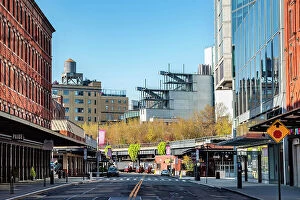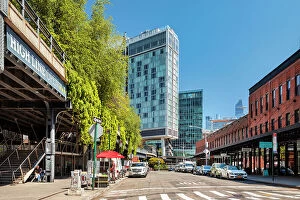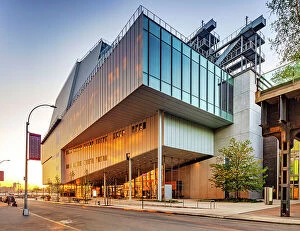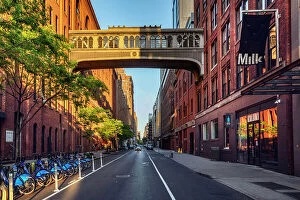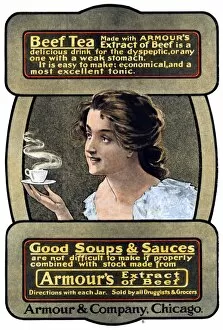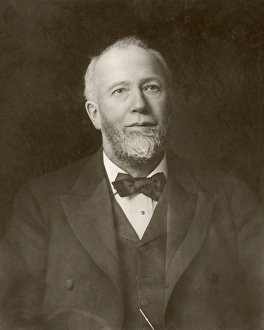Meat Packing Collection
"From Chicago to Copenhagen: A Journey through the Meatpacking Industry" Step back in time to 1878
All Professionally Made to Order for Quick Shipping
"From Chicago to Copenhagen: A Journey through the Meatpacking Industry" Step back in time to 1878, where hogs were being skillfully cut up at a meatpacking plant in Chicago. This wood engraving captures the essence of an era when the meatpacking industry was booming in America's Windy City. Fast forward to Denmark, specifically Zealand and Copenhagen's Vesterbro district. Kodbyen, once a thriving meat packing district, now stands as a testament to its rich history. Explore this former hub of activity that has transformed into a vibrant cultural center known as Bio. Traveling further back in time with a colored photo postcard from around 1910, we witness the stock yards and abattoirs that made Chicago famous worldwide. These bustling scenes depict the magnitude of the city's beef industry during its prime. Returning to Denmark in the 1970s, we find ourselves immersed in Vesterbro's Kodbyen once again. Though no longer filled with livestock and butchers' stalls, remnants of its past can still be seen amidst trendy restaurants and art galleries. Venturing beyond borders takes us to John Lintern's turkey farm and meat packing factory. This general scene showcases another facet of this expansive industry – one that extends far beyond just beef production. Delving deeper into history reveals soup produced by Armour Packing Company during the 1890s. A warm bowl of nourishment derived from their expertise reminds us how essential these companies were for sustenance during challenging times. Transported yet again to early 1900s America, cattle roam freely within Union Stock Yards in Chicago – an iconic symbol of this nation's beef industry at its peak. Stereographs capture these majestic creatures against an industrial backdrop. As our journey nears its end, we revisit Union Stock Yards throughout different years – c1903 and c1909 – witnessing firsthand how this ever-evolving industry continued shaping the landscape of Chicago.



